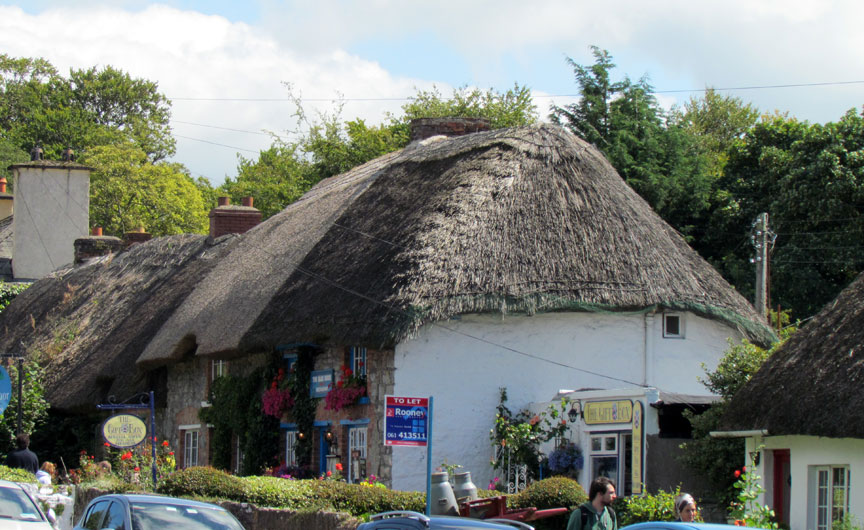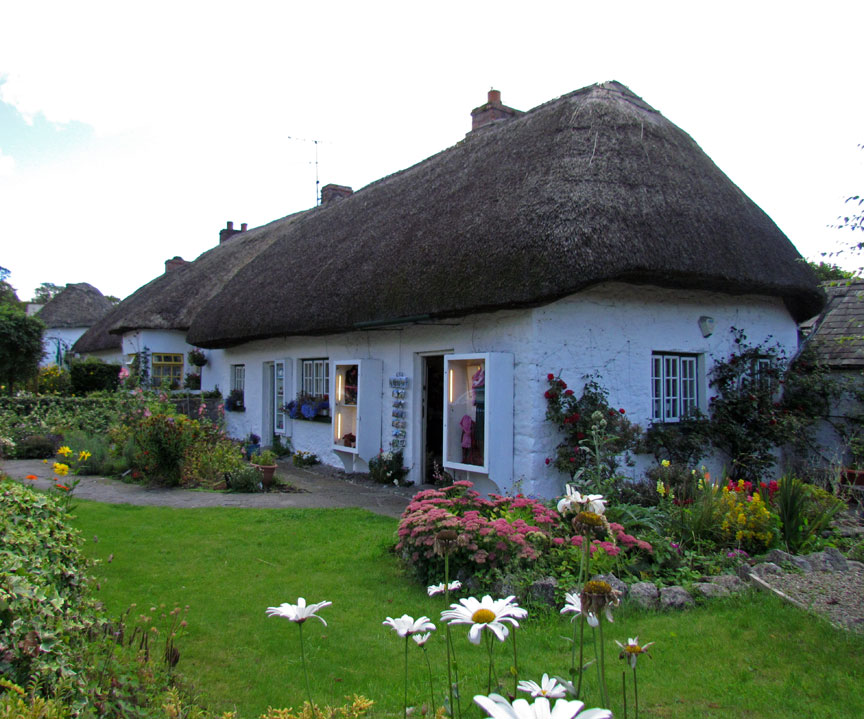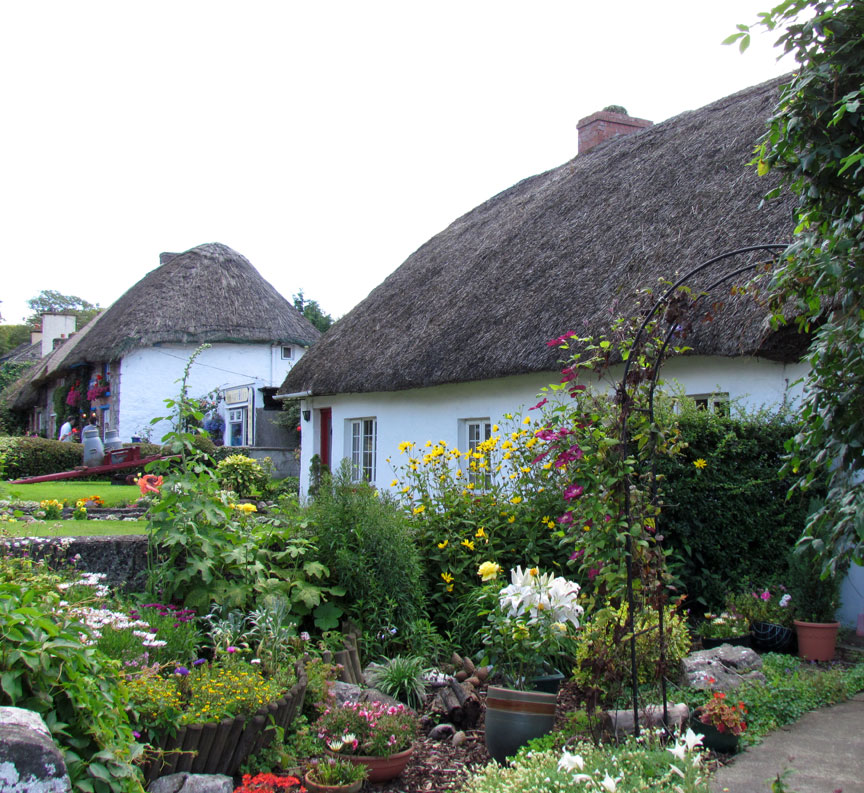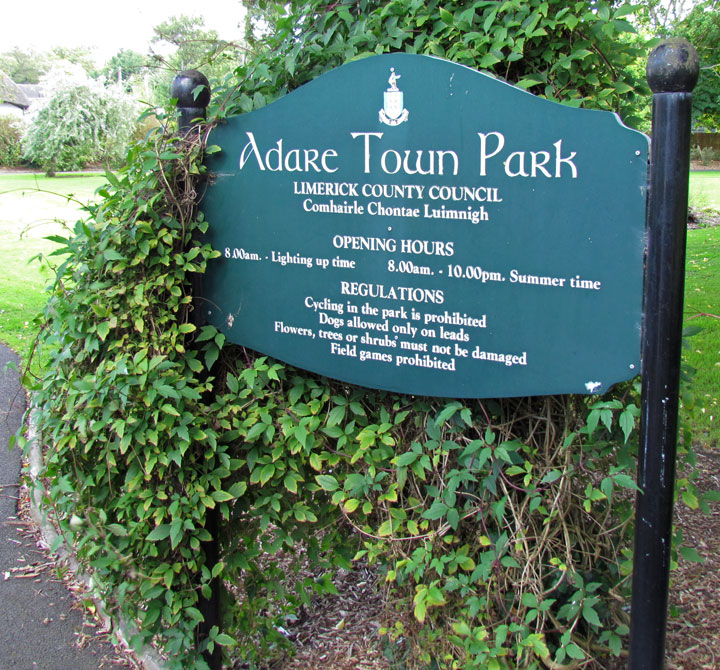

Adare
Photos taken in August 2011
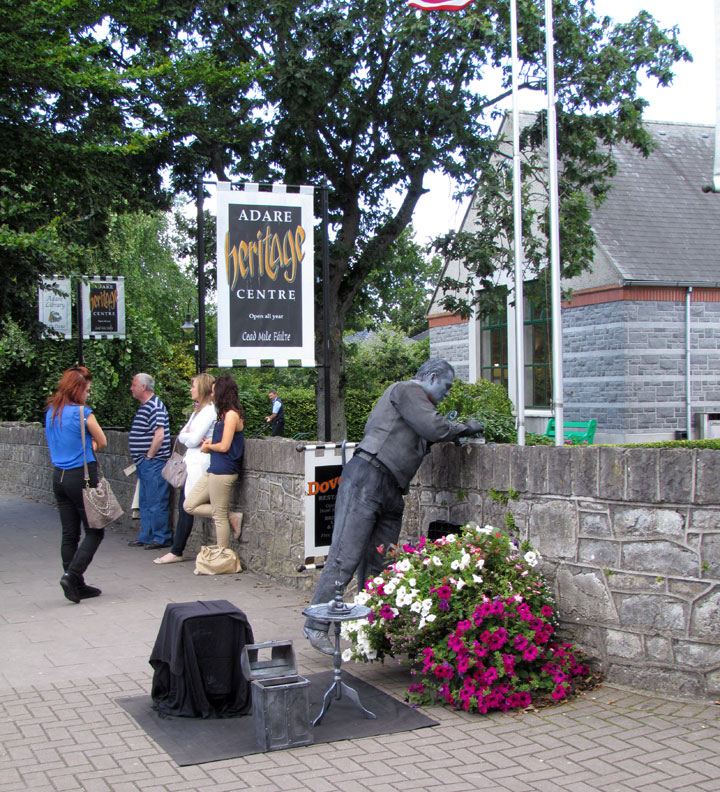
Adare
Adare (Irish: Áth Dara, meaning "ford of [the] oak") (Population 2,454 (CSO, 2006) is a village in County Limerick, Ireland.
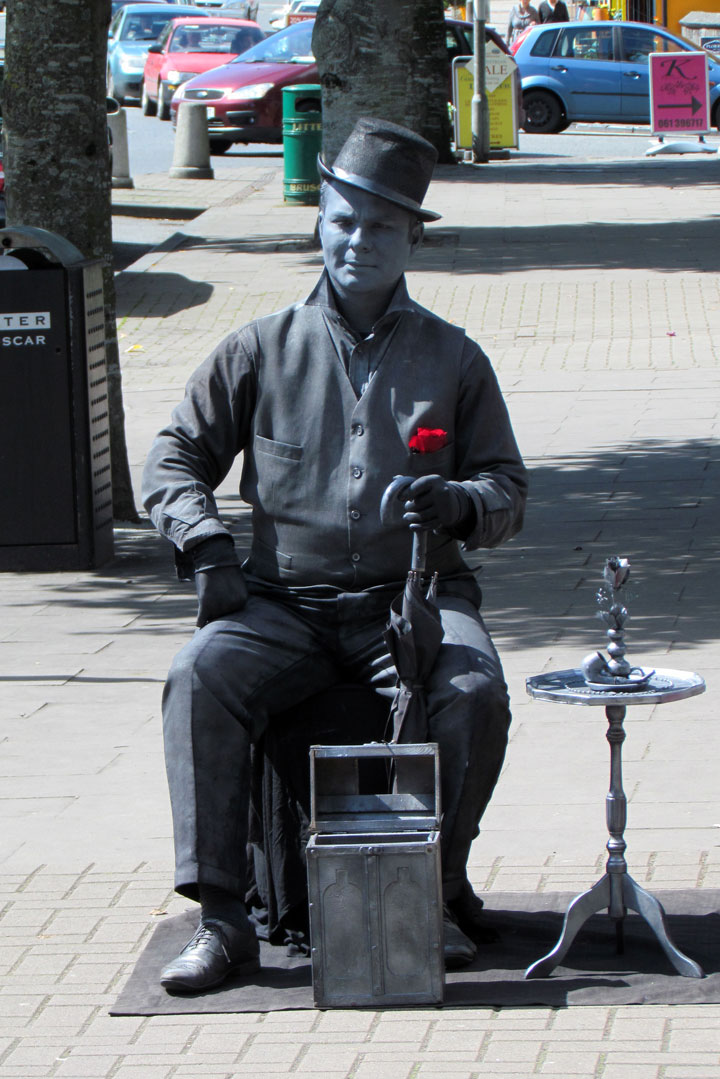
in position
Adare's origin is as a settlement by a crossing point on the river Maigue. It is situated 16 km (10 mi) from Limerick City. Renowned as one of Ireland's prettiest villages, Adare is designated as a Heritage Town by the Irish government. Due to its origin as village of the Dunraven estate, Adare has a more planned appearance than many Irish villages and towns.
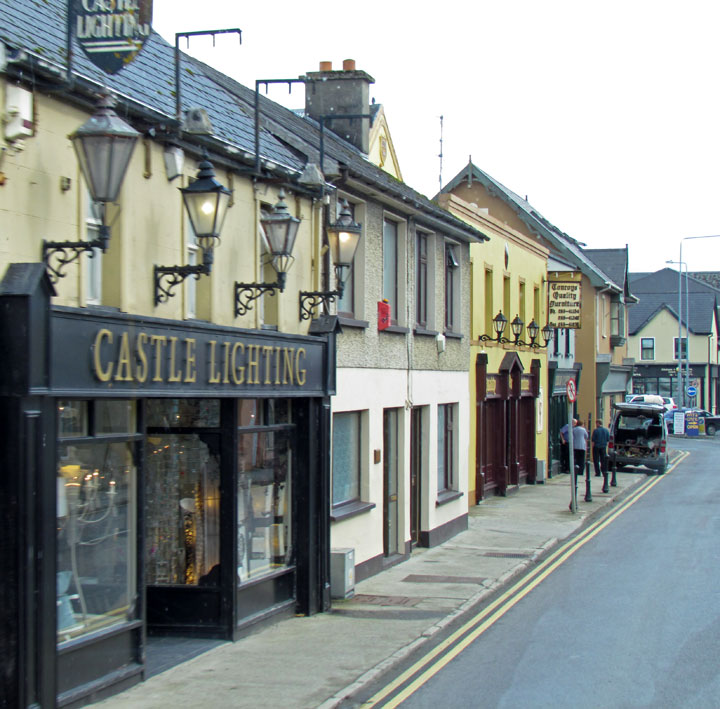
Adare is a tourist destination and the local heritage centre, which gives
insight into the history of the village, also hosts a number of craft shops. The
town is also a popular wedding and conference venue. Adare has two 18-hole
courses - the Adare Golf Club, which incorporates a driving range and which was
the site of the 2007 and 2008 Irish Open, the Adare Manor Golf Club and a pitch
and putt course. Adare also has an equestrian centre: Clonshire.

The village offers three Hotels: The Adare Manor, The Dunraven Arms and
Fitzgerald's Woodlands House Hotel.
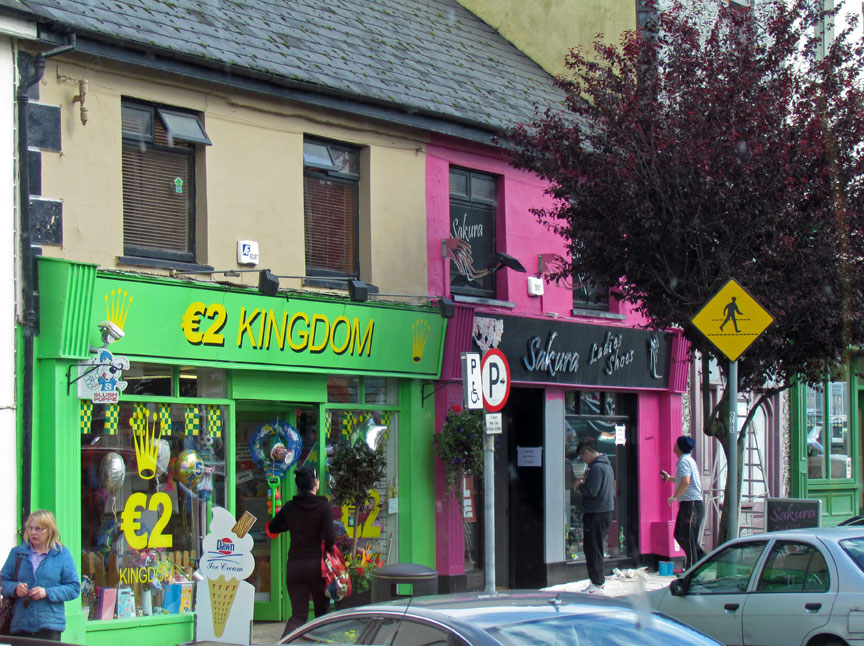
Adare has six public houses: in the village: Bill Chawke's, Collins', Seán
Collins' and Auntie Lena's; in the outlying areas are The Thatch and Neville's.
Additionally, each of the three hotels and the two golf courses has
bars/restaurants.
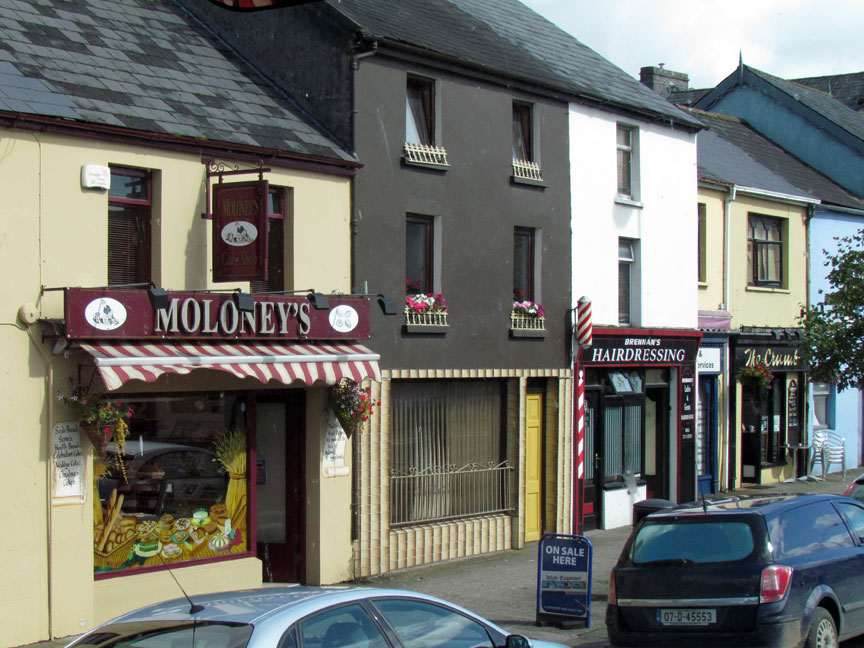
There are nine restaurants: Timmy Macs Bistro, The Wild Geese, The Inn Between,
The Abbots Rest, The Arches Restaurant, The Blue Door Cottage Pantry, The Golden
Dragon, The Pink Potato and Norios.

The main street combines typical Irish architecture with the English styled
buildings and infrastructure purpose-built for the Dunraven estate. Examples of
the latter architectural forms include the thatched cottages near the entrance
to Adare Manor.
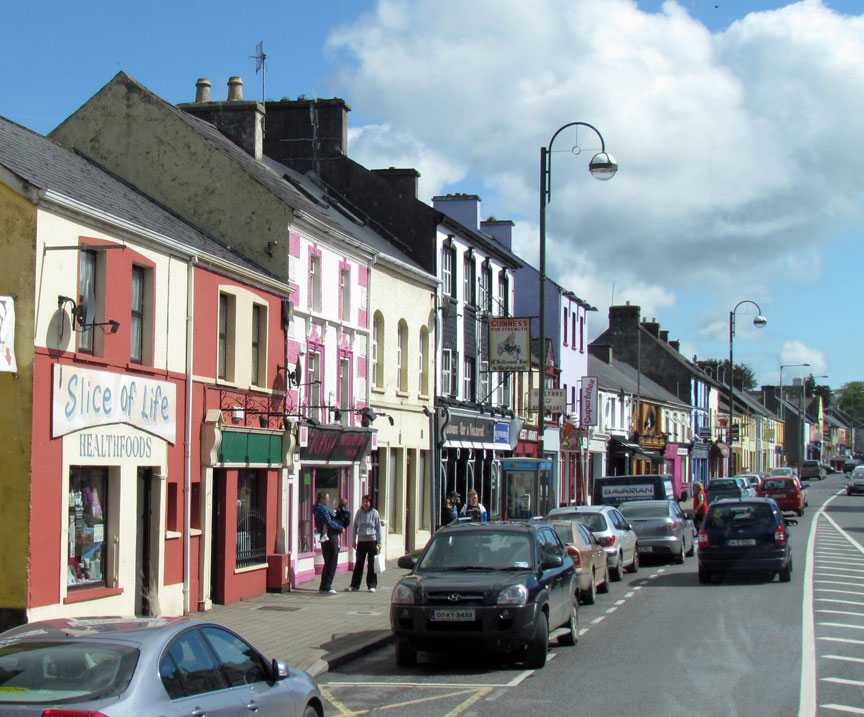
Scoil Naomh Iosaf (boys), Our Lady's Abbey National School (girls), St Nicholas'
National School (mixed) and Scoil Seán tSraide (mixed).
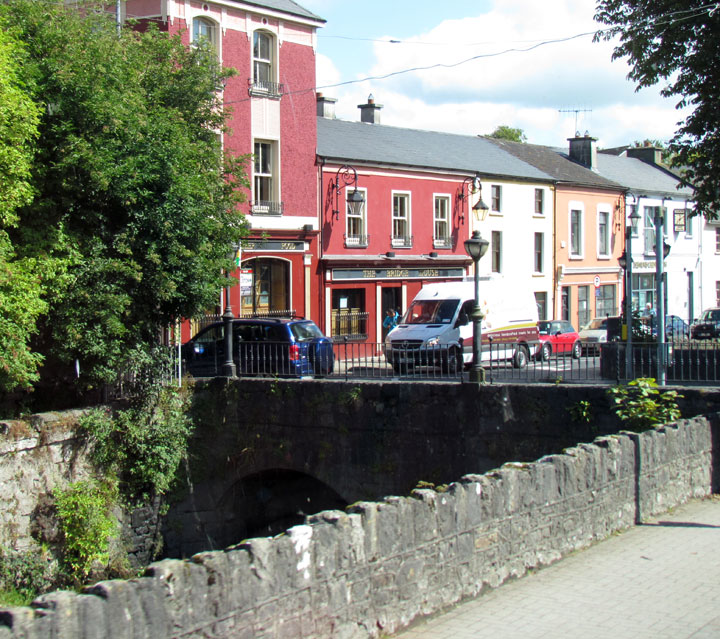
The main Limerick-Tralee road, the N21 goes through the village. The Adare
Bypass is at an early planning stage.[citation needed] Adare is a stop on the
hourly Limerick-Tralee/Killarney bus service. A railway line to Foynes passes
through the town, but Adare railway station, which opened on 12 July 1856, was
closed to passengers on 4 February 1963 and to freight on 2 December 1974. The
line to Foynes continued to carry freight traffic until it was mothballed in
2001 and has seen no trains since 7 May 2002 when the annual Irish Rail
weedspray train visited the line. The line is still officially open for traffic.
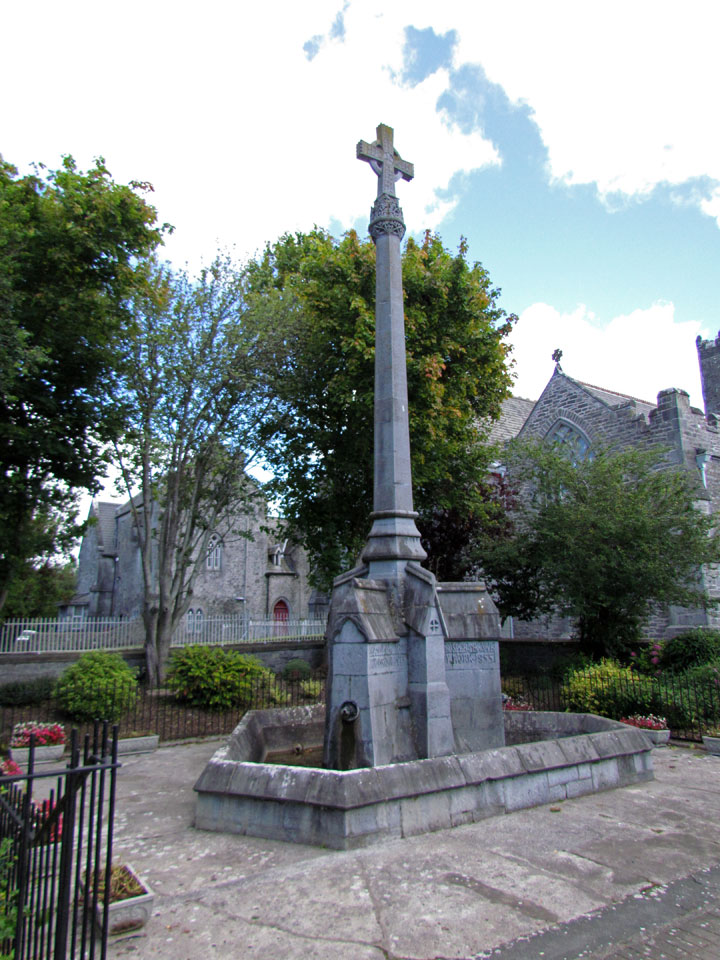
The ancient town lay upon the eastern bank of the Maigue near a ford (crossing
point) in the region known as Ardshanbally (derived from Ard an tSeanbhaile -
'high ground of the old town'), about half-a mile from the modern town on the
western side. Historically a market town, in the Middle Ages, Adare was a major
settlement[citation needed] and boasted three monasteries and a castle (Desmond
Castle).
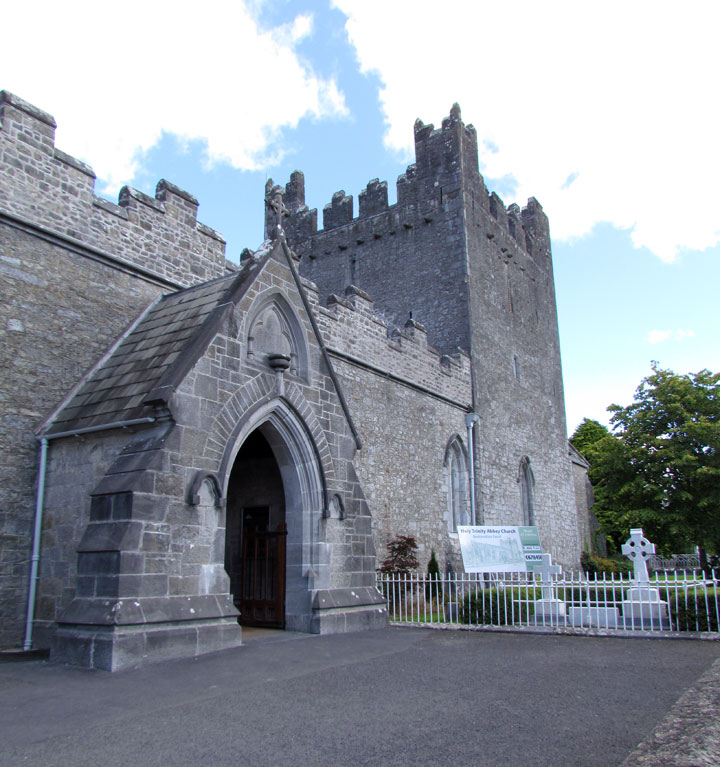
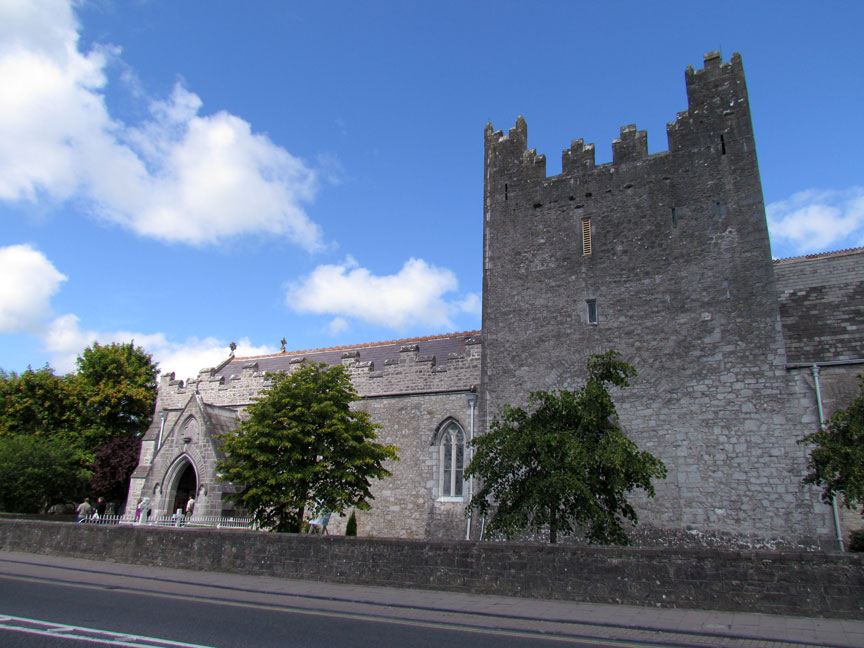
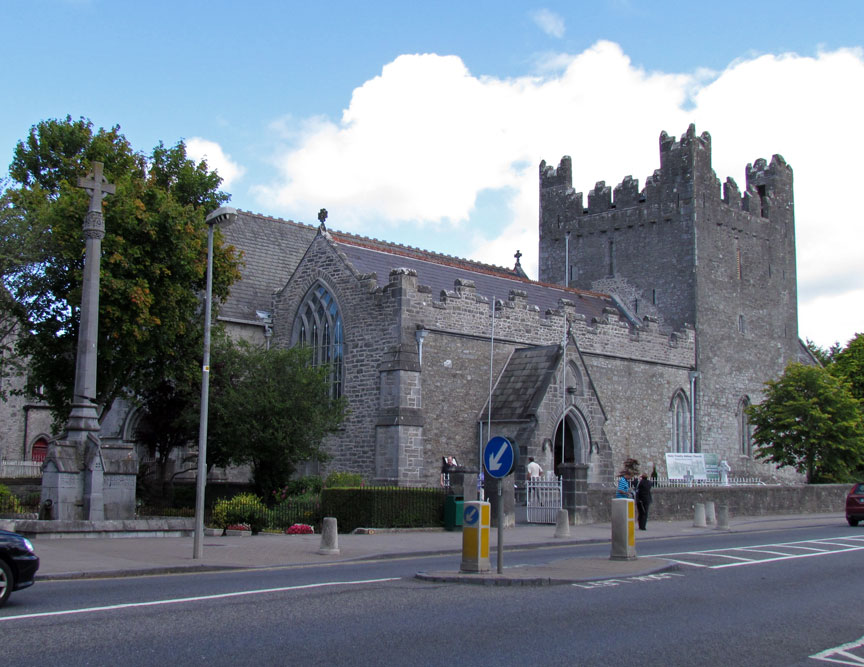
Trinitarian Monastery, Adare
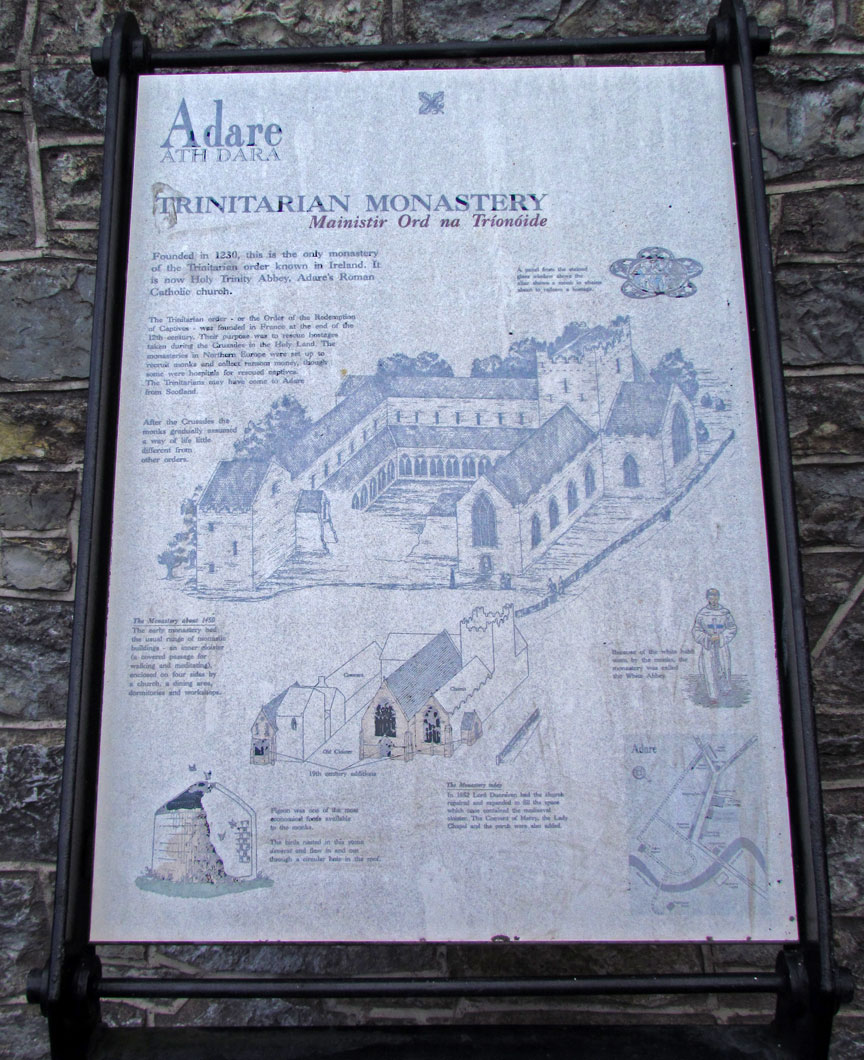
The Augustinian Priory was founded in 1316 by John FitzThomas FitzGerald, 1st
Earl of Kildare. The Priory was suppressed in the reign of Henry VIII. In 1807,
the church of the Priory was given to the local Church of Ireland congregation
as the parish church. In 1814, the refectory was roofed and converted into a
schoolhouse. Between 1852 and 1854, a second restoration of the church was
undertaken by Caroline, Countess of Dunraven.
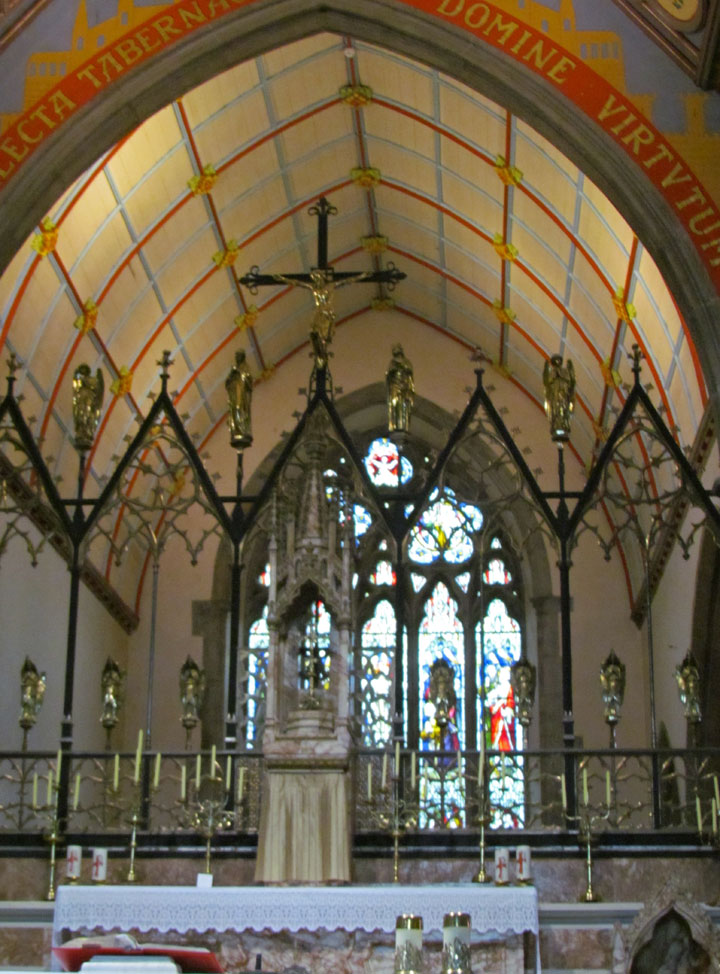

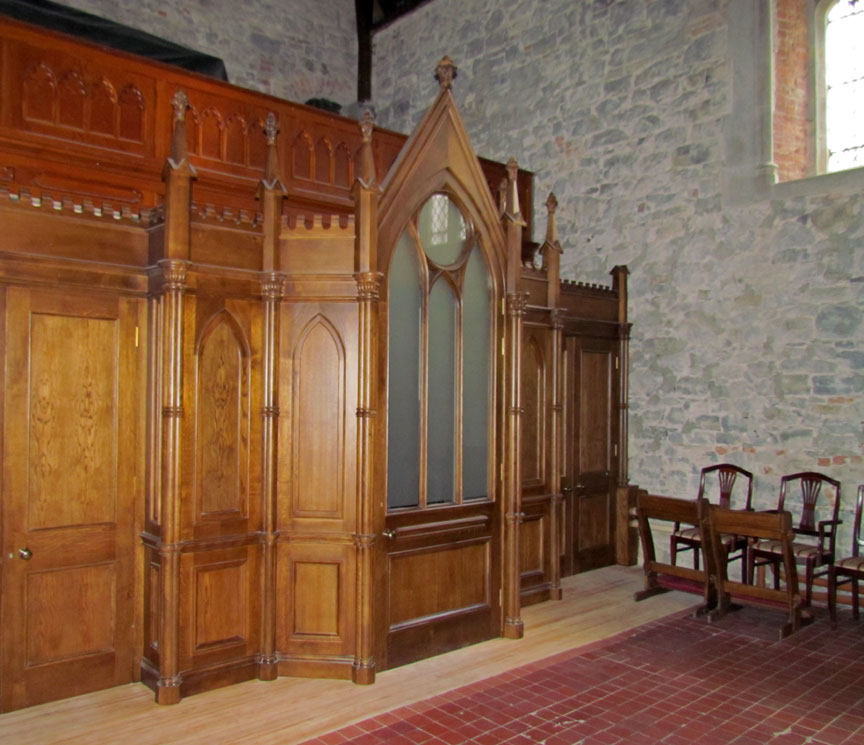
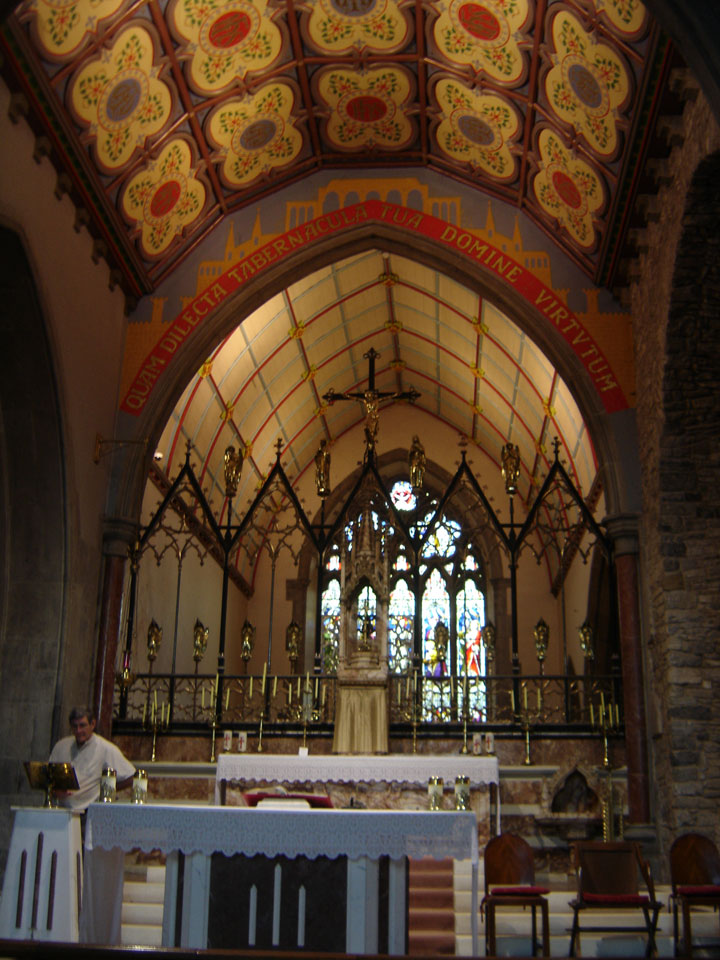
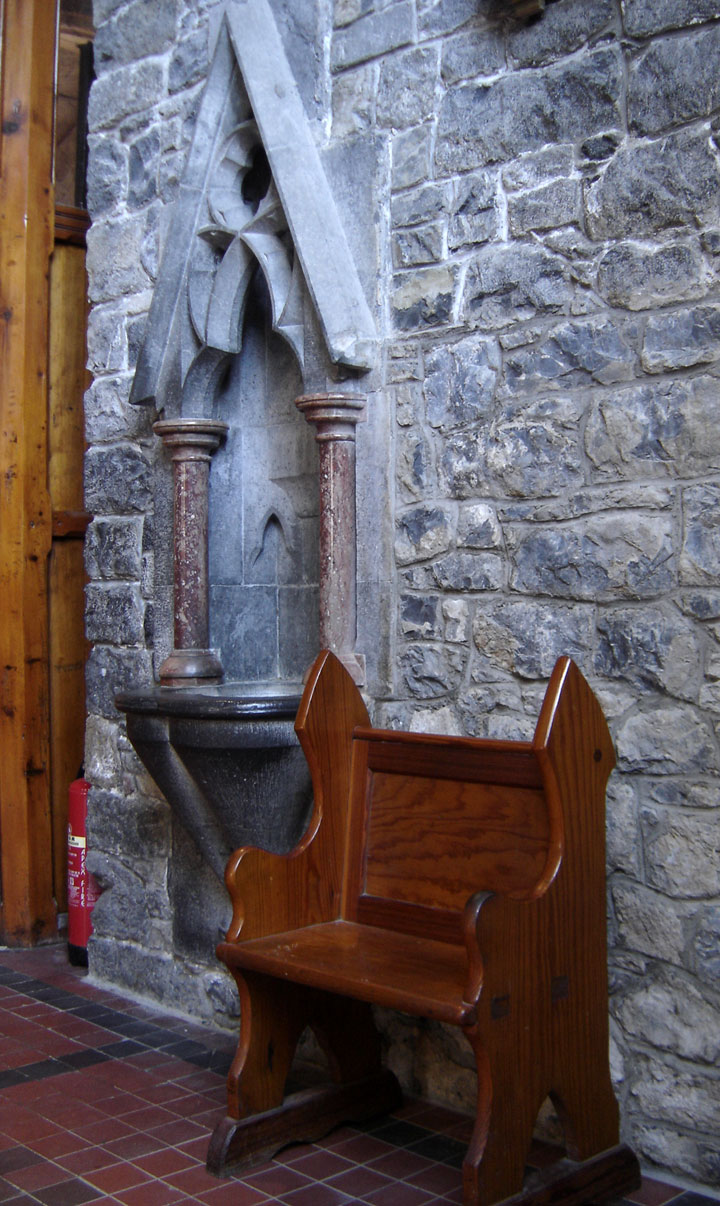

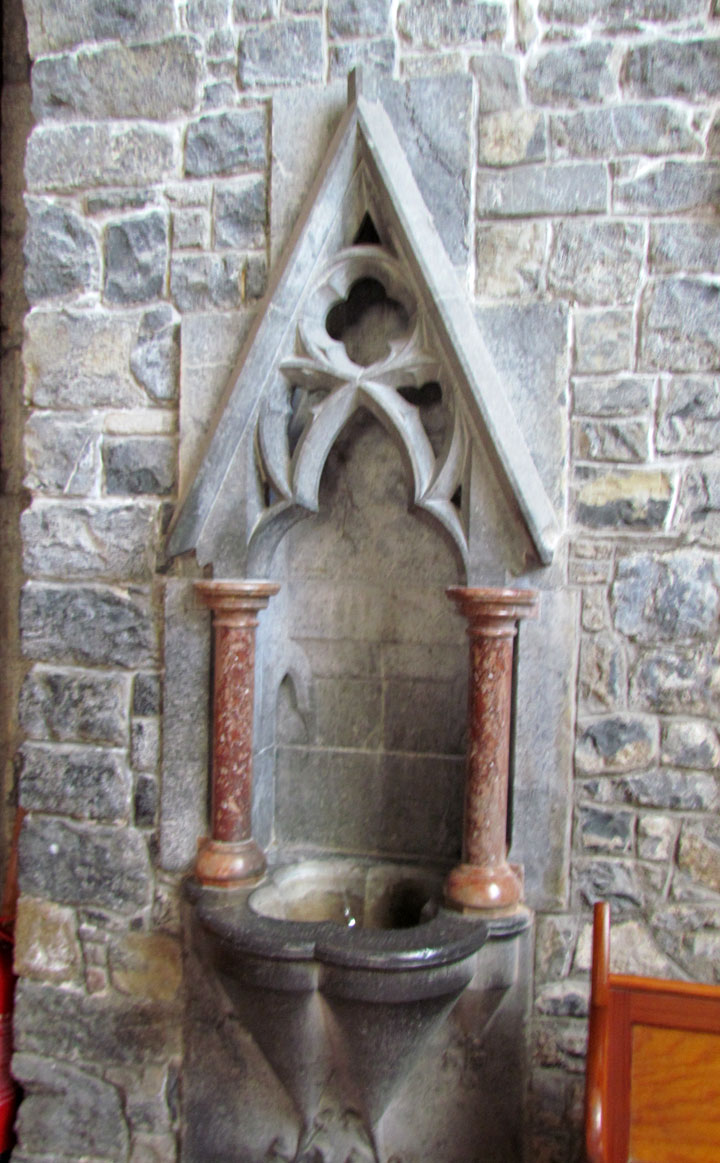
The Trinitarian Order established their only monastery in Ireland in Adare in
1230. The Abbey was restored in 1811 by the first Earl of Dunraven as the
Catholic Parish church.
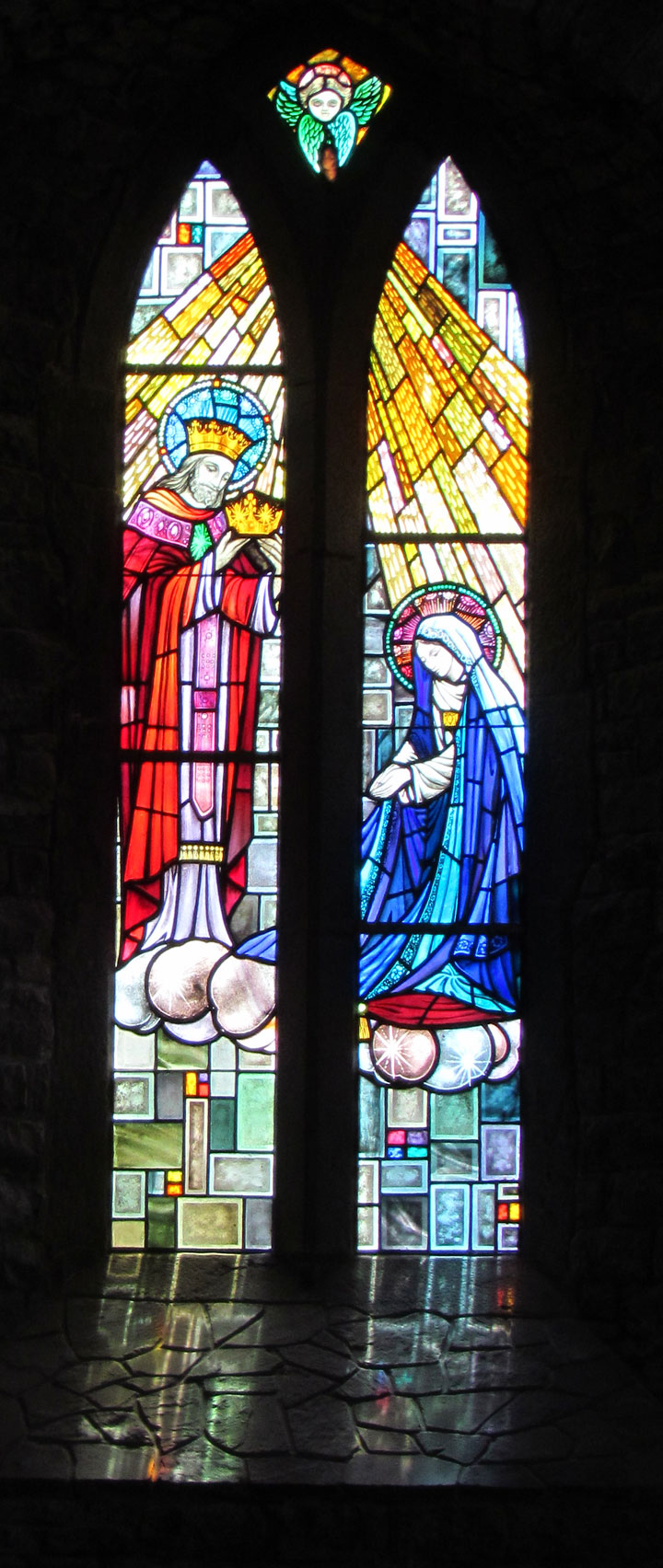
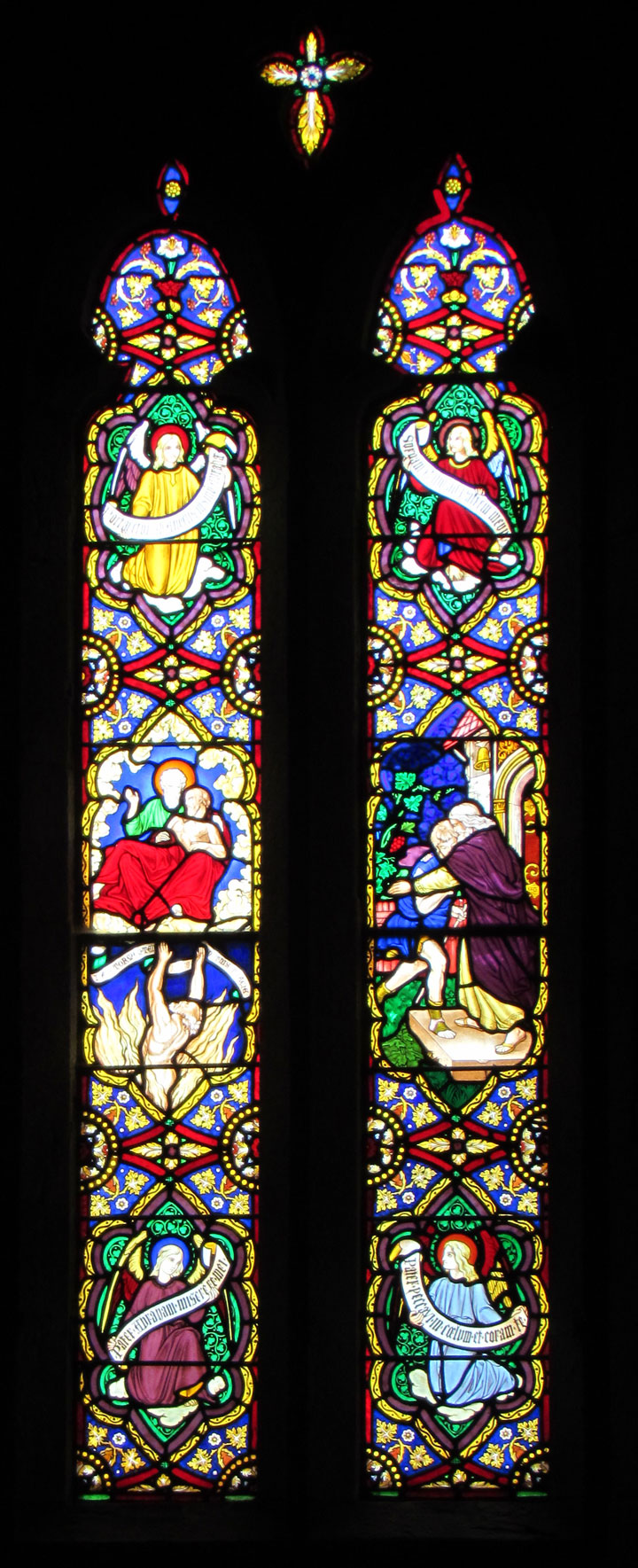
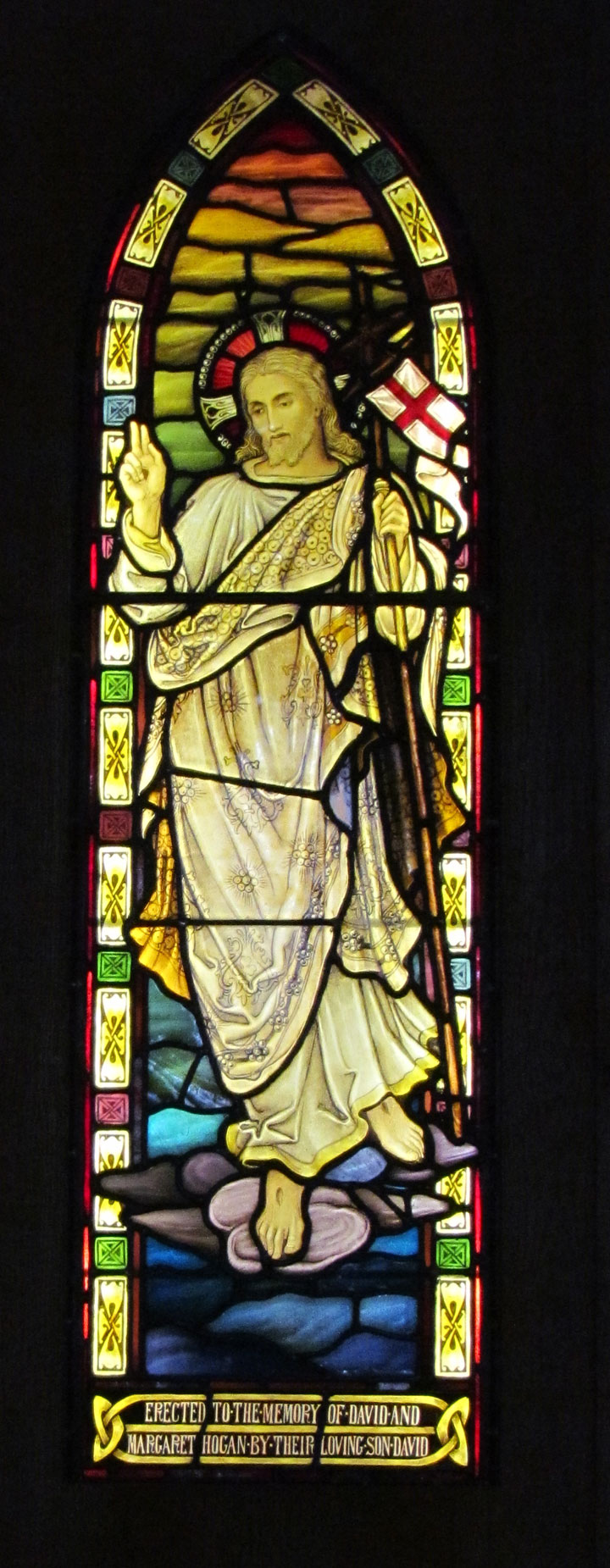

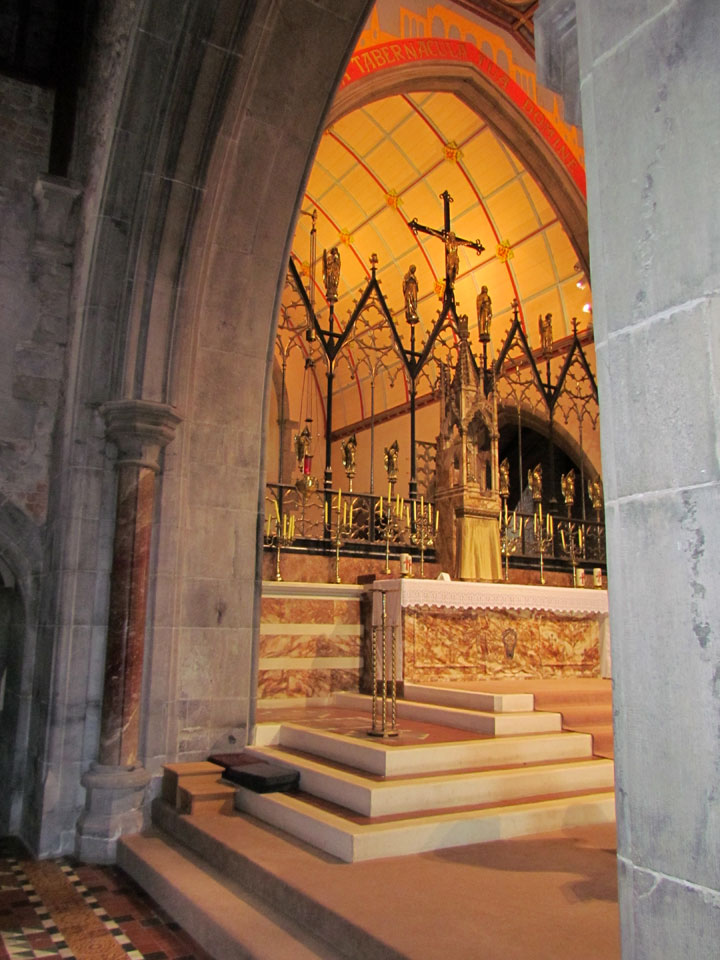
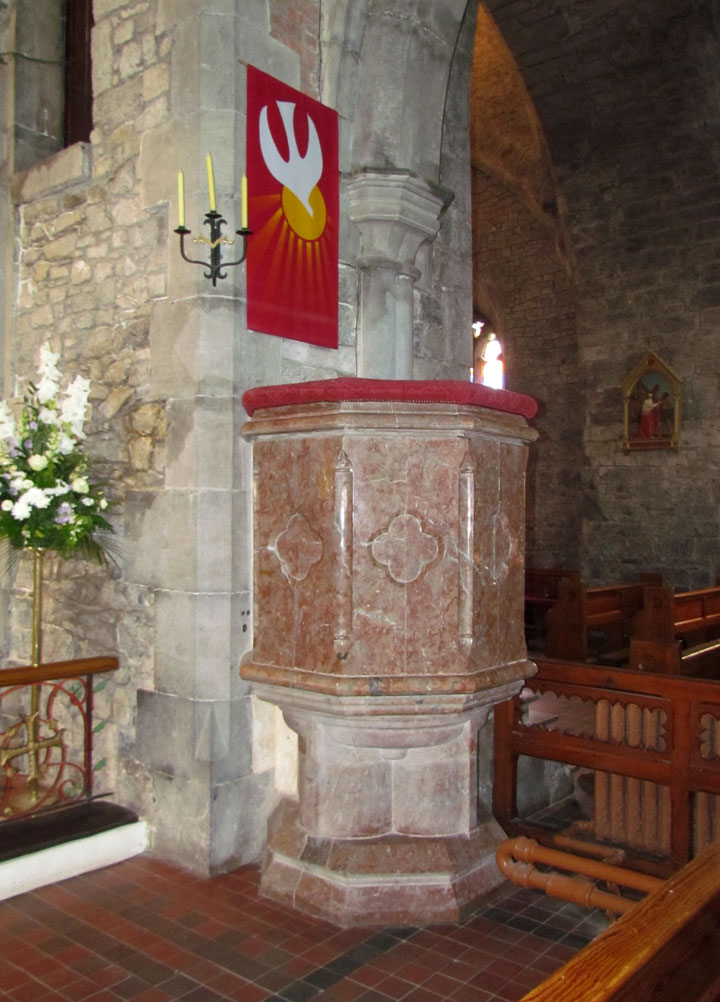
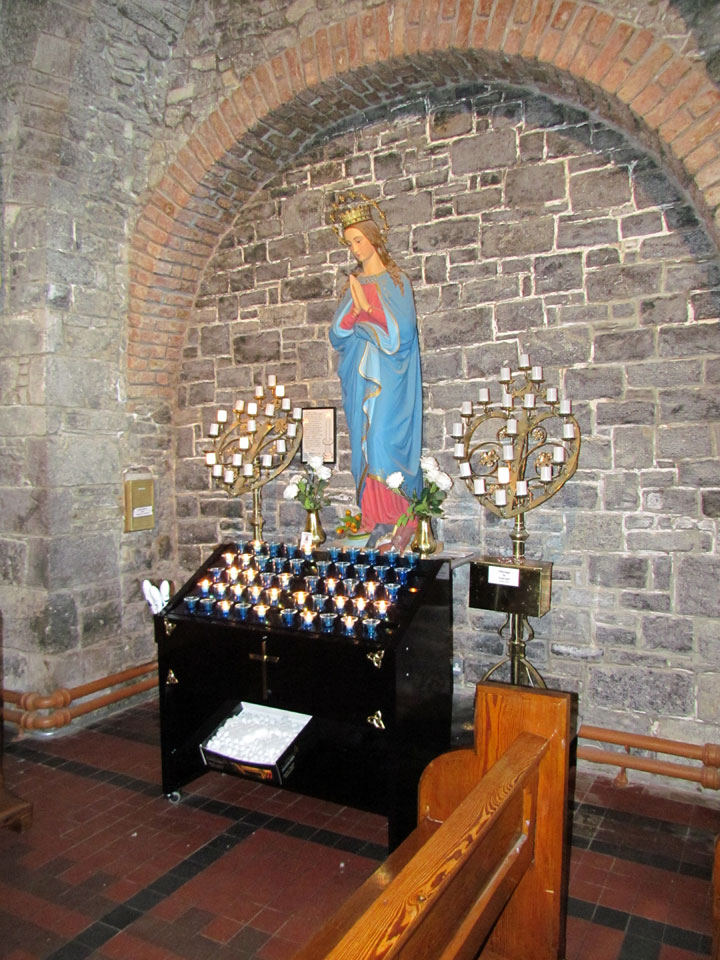
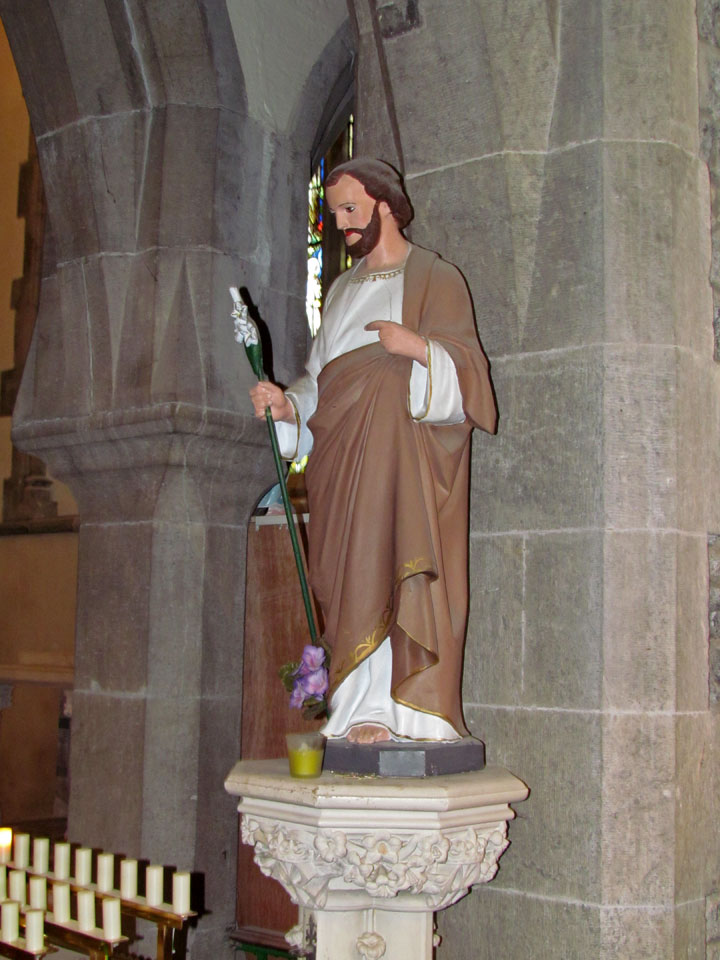
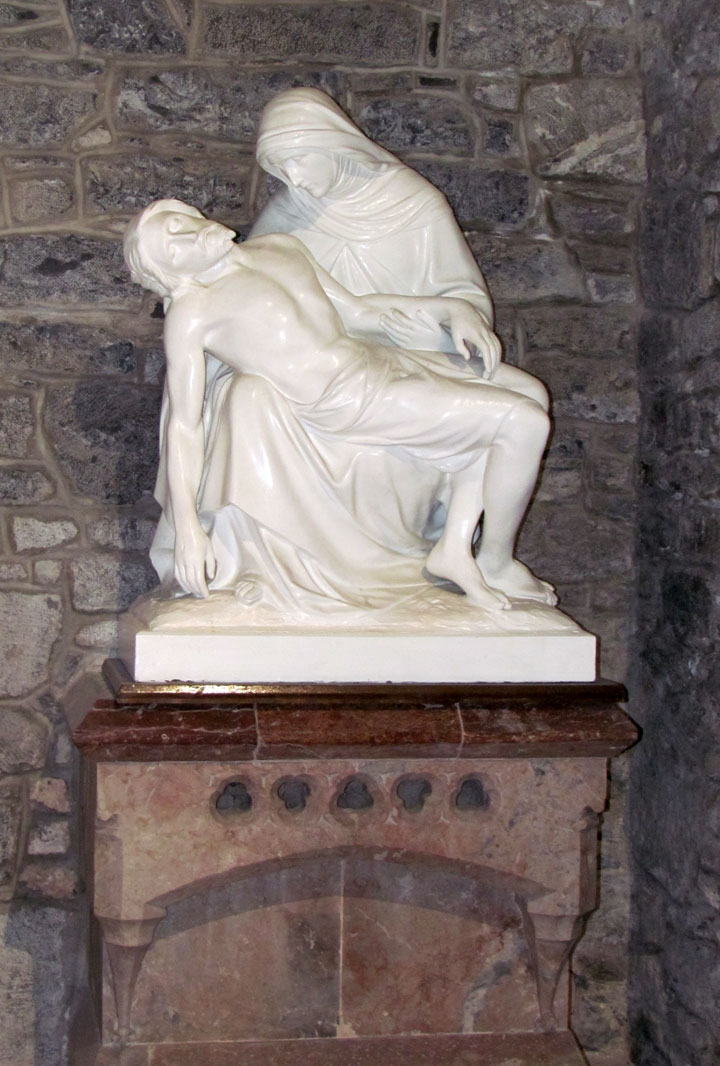
A castle or fortress is said to have first been built by the O'Donovans, rulers
of the region into the late 12th century, and afterwards to have passed into the
possession of the Kildare branch of the FitzGerald dynasty, who may be
responsible for the majority of the remains of the present fortress (which
occurred with Croom Castle, also on the Maigue). Desmond Castle, as it is
popularly known, stands on the north bank of the Maigue. An extensive renovation
has been in progress on the castle since 1996 and supervised tours are offered
in the summer months. This is one of a series of significant Desmond properties,
which also include the banqueting hall in Newcastle West, County Limerick.
Text from Wikipedia
